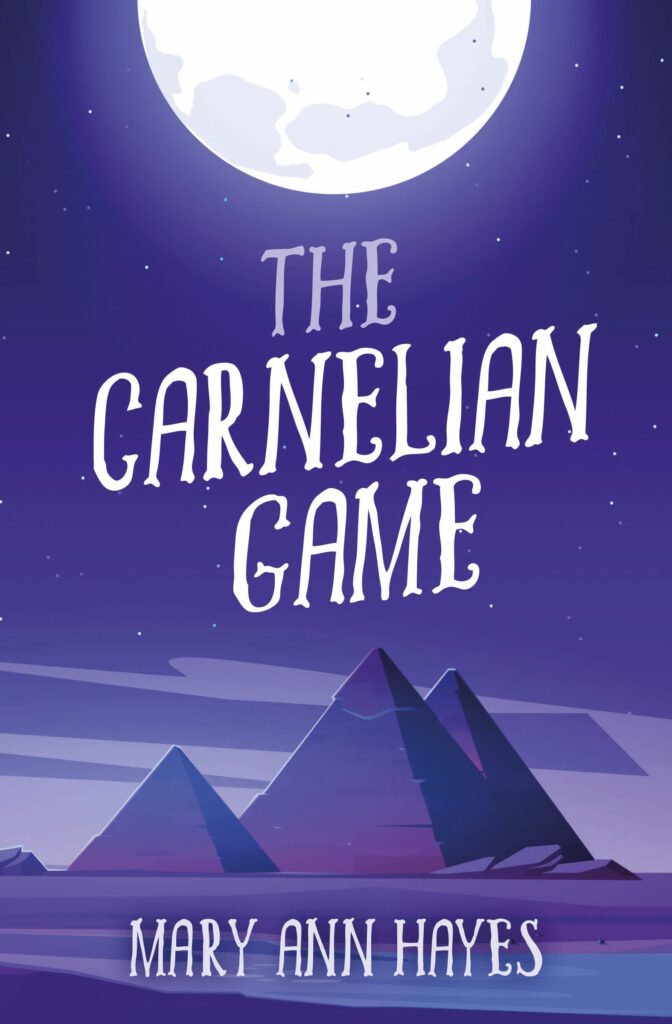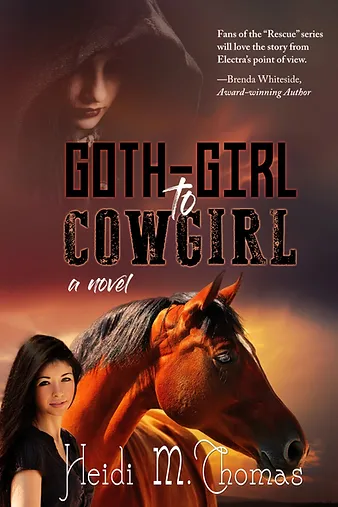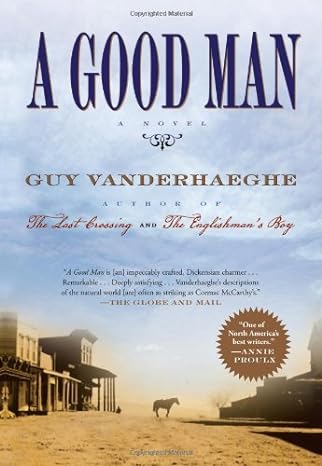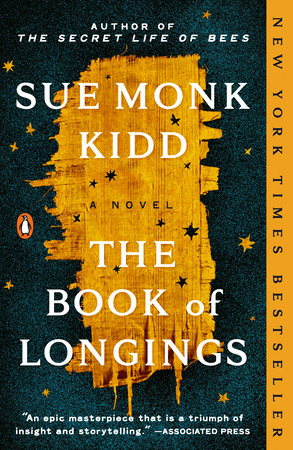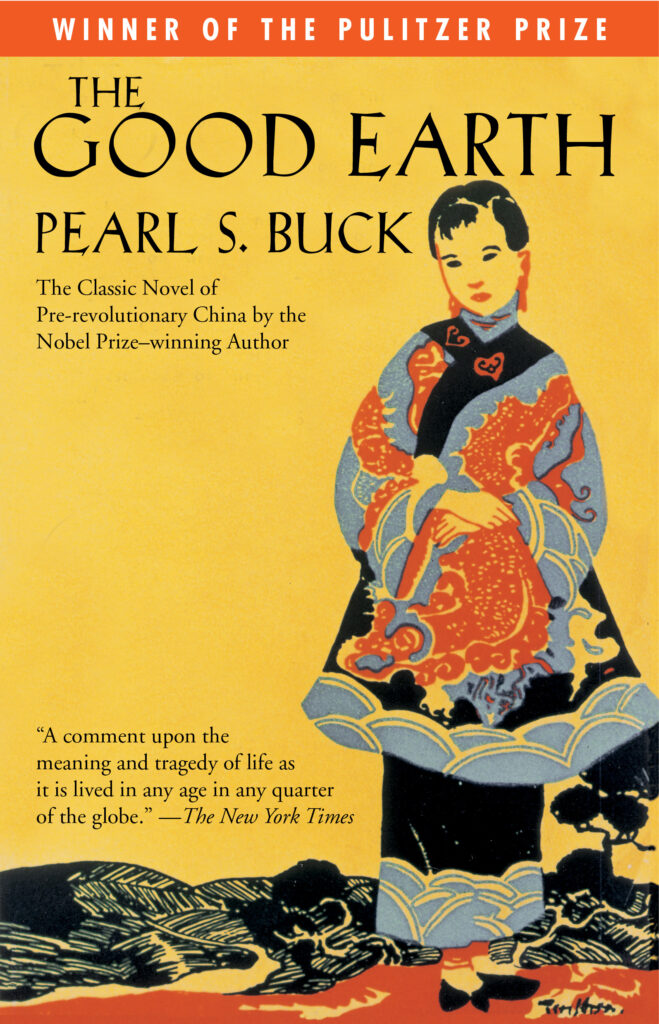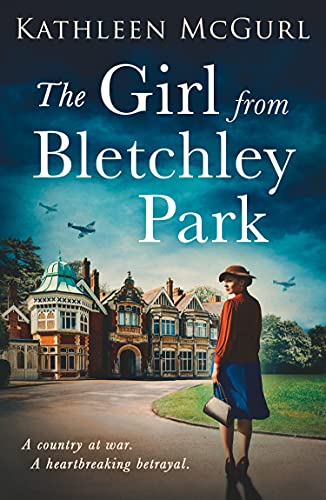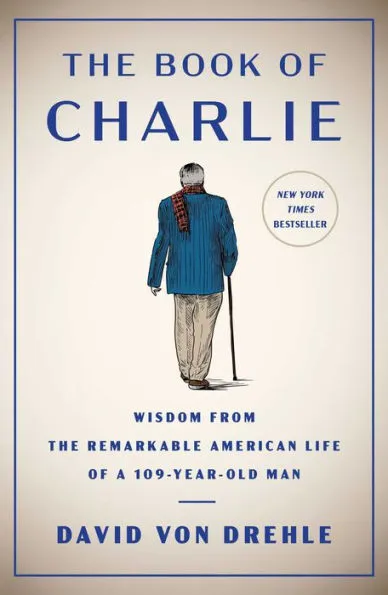Seven Perfect Things, a heart-warming novel by Catherine Ryan Hyde, is another example of this author’s ability to stir the heart. This time it’s with seven puppies and a girl who becomes attached to them.
Thirteen year-old Abbie Hubble witnesses a man dumping a wriggling bag into a river near her home in the Sierra Nevada foothills. Out of curiosity, she dives into the river and rescues seven tiny puppies. Now what? She takes them to a local animal shelter who would take them, but unfortunately they are already beyond capacity and would have to euthanize the pups. There is no way Abbie can let that happen.
But Abbie has a big problem. She can’t take the pups to her unhappy home. She gets along well with her mother, but her father is a bully who makes their lives miserable. She remembers seeing what she believed was an abandoned cabin when hiking the hills. She carries the pups all the way up a steep hill to the cabin, only to find it had been broken into and trashed. Still, she could put the pups in a storage shed on the property. Now her life is consumed with how to care for these seven tiny lives.
Elliot Colvin is still reeling from the death of his beloved wife. She had been ill for a long time and has just recently passed away. Elliot, grieving, is at odds with himself, has not yet returned to work, hasn’t found his footing, can’t even imagine how he’ll make it from day to day. Maybe he’d go to his cabin where he used to stay when hunting, get a change of scenery. With his wife’s lingering death, he hadn’t been there for a long time. When he arrives he’s angered by seeing the place trashed and many of his household items stolen. But wait, what is that noise coming from the shed?
Abbie finally has to tell her mother about the pups. She needs money to buy food for them. But they both know better than to tell her father. He not only wouldn’t understand, he wouldn’t allow her to keep them.
When Abbie and Elliot meet, what at first is an awkward encounter develops into a friendship of trust and respect. Abbie knows happiness when she’s with Elliot and wants her mother to both meet Elliot and see her seven pups. The consequences of this meeting has far-reaching affects on the lives of all concerned, including the pups.
Seven Perfect Things is an entertaining, wholesome read with a message. Catherine Ryan Hyde has done it again with this heart-warming story



